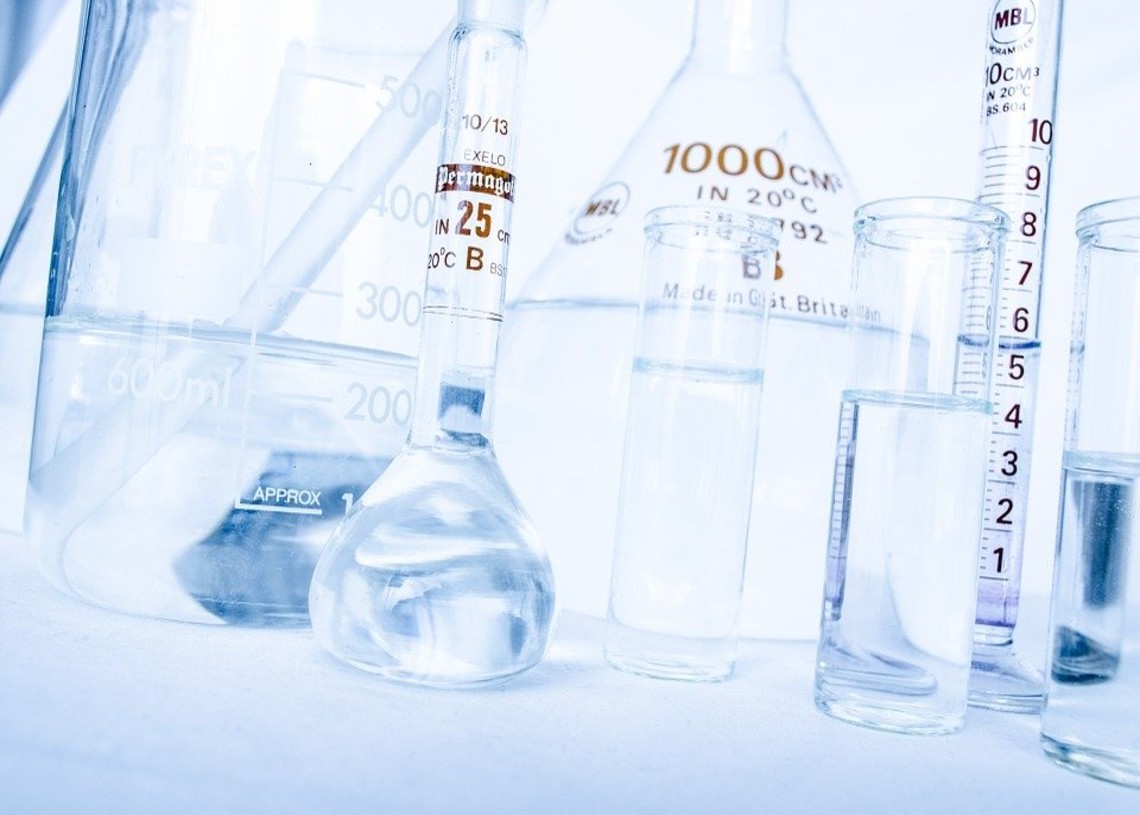A new chemistry experiment is promising to change the way metals are defined has the potential to rewrite science books. The idea originated from Ryan McMullen while researching different colleges that would be willing to invest in his idea. McMullen was also applying for graduate school during that time. His idea wanted to explore the fundamentals that make metal a metal.
It was during his search for a graduate chemistry school that his professor suggested to him that he should apply at the University of Southern California (USC) Dornsife College of Letters, Arts and Sciences.
When he applied for funding for his project from U.S. research universities, he was told that his project was costly and would not receive funding. His woes were confounded when other researchers told him that any funding they were receiving was to be used for their own research, and therefore, they were not in a position to help.
However, he received help from Professor of Chemistry Stephen Bradforth of USC, who he had been emailing during his graduate application. Bradforth decided to share his research funding with him, a relief for the young researcher.
The chemistry behind metallic behavior
The research project would end up being his Ph.D. thesis. The research involved creating solvated electrons from metals, by dipping them in liquefied ammonia. The solvated electrons for alkali metals such as potassium, lithium and sodium were the most suitable metals for this experiment and produced solvated electrons easily.
The solvated electrons solution, which was blue in color, when just slightly solvated, were overexposed to solvated electrons, turned bronze in color and in incense turns metallic.
The solution was then passed on a focused X-ray beam to dislodge electrons. The researchers found that, for metallic ammonia solution with a low concentration of solvated electrons, the electrons were knocked off easily. However, for the bronze, highly concentrated liquid, the electrons were not dislodged easily and the liquid acted like a metal. This meant that high energy was used to knock off electrons on the bronze-colored liquid.
While the practical implications of this experiment need further research, there is hope that it will be used in the synthesis of organic compounds, just like the Birch reduction process led to the discovery of oral contraceptives.
Featured image by Pixabay







